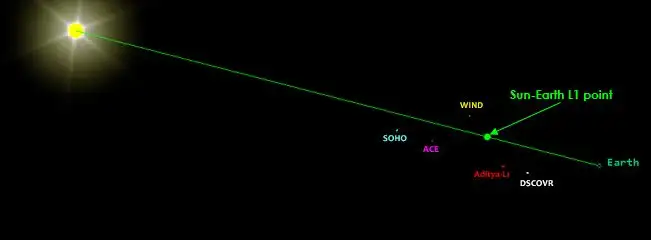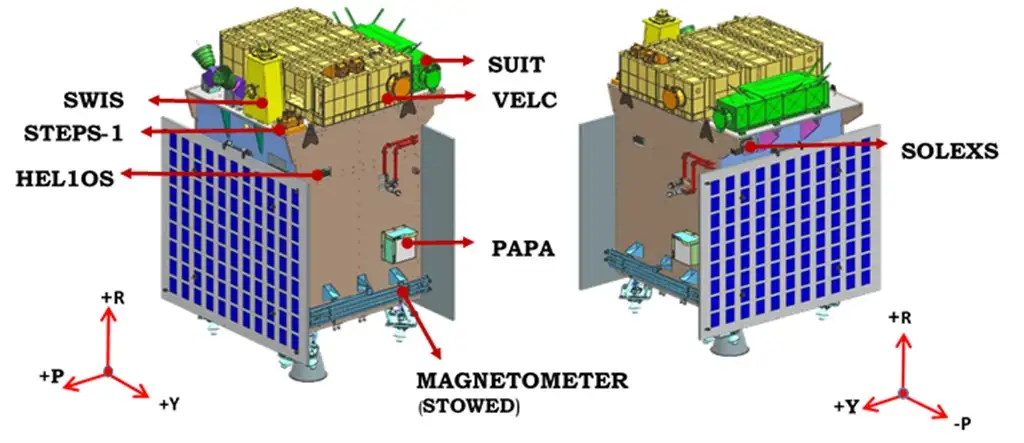The Indian Space Research Organisation (ISRO) has achieved another milestone in space exploration with the successful launch of its ambitious mission to the Sun, known as Aditya L1. This historic mission, which has captured the attention of scientists and space enthusiasts worldwide, is poised to shed light on some of the Sun’s most profound mysteries and unlock invaluable scientific insights.
As Aditya L1 begins its journey to the Sun, the scientific community eagerly awaits the wealth of data and insights it is expected to provide. This historic mission not only highlights ISRO’s prowess in space exploration but also reaffirms humanity’s commitment to unraveling the mysteries of our solar system.
In the coming months and years, as Aditya L1 conducts its observations and sends back invaluable data, scientists and space enthusiasts can look forward to groundbreaking discoveries that will deepen our understanding of the Sun and its profound influence on our celestial neighborhood. Aditya L1 is poised to illuminate the Sun’s mysteries and pave the way for further exploration and scientific breakthroughs in the realm of space science.
The Mission’s Journey to the Sun
Aditya L1, named after the Hindu Sun God Aditya, embarked on its epic journey from the Satish Dhawan Space Centre on [Launch Date]. The mission was meticulously planned and executed, reflecting ISRO’s commitment to pushing the boundaries of space exploration.
The spacecraft’s primary objective is to study the outermost layer of the Sun, known as the solar corona, which holds numerous secrets about the Sun’s behavior and its influence on space weather. The corona is of particular interest because its high temperatures and dynamic nature remain a puzzle for scientists.

Key Objectives and Instruments
Aditya L1 is equipped with a suite of sophisticated instruments designed to observe the Sun in various wavelengths, enabling scientists to study the Sun’s outer layers, solar wind, and magnetic fields. Some of the mission’s key objectives include:
1. Understanding Solar Dynamics: Aditya L1 will observe the Sun’s outermost layer to better understand the dynamics of the solar corona, which plays a crucial role in solar storms and space weather events.
2. Monitoring Solar Wind: By studying the solar wind, the mission aims to provide advanced warning of potentially disruptive solar activities that could impact Earth’s technology and infrastructure.
3. Exploring Sunspots and Flares: Aditya L1 will closely examine sunspots and solar flares, providing vital data for predicting space weather events and their impact on Earth.
4. Measuring Magnetic Fields: The spacecraft is equipped with instruments to measure the Sun’s magnetic fields, shedding light on the Sun’s magnetism and its role in the solar cycle.

Global Scientific Collaboration
The successful launch of Aditya L1 is not only a triumph for ISRO but also a testament to international collaboration in the field of space exploration. Scientists from around the world have expressed their enthusiasm for the mission, as it promises to expand our understanding of the Sun’s influence on the solar system and beyond.
Potential Impact on Space Weather Predictions
One of the most significant implications of the Aditya L1 mission is its potential to enhance space weather predictions. Solar storms and their associated disruptions, such as geomagnetic storms and communication interference, can have far-reaching consequences on Earth’s technology-dependent infrastructure. By providing early warnings and a better understanding of solar behavior, Aditya L1 could help mitigate these impacts.




